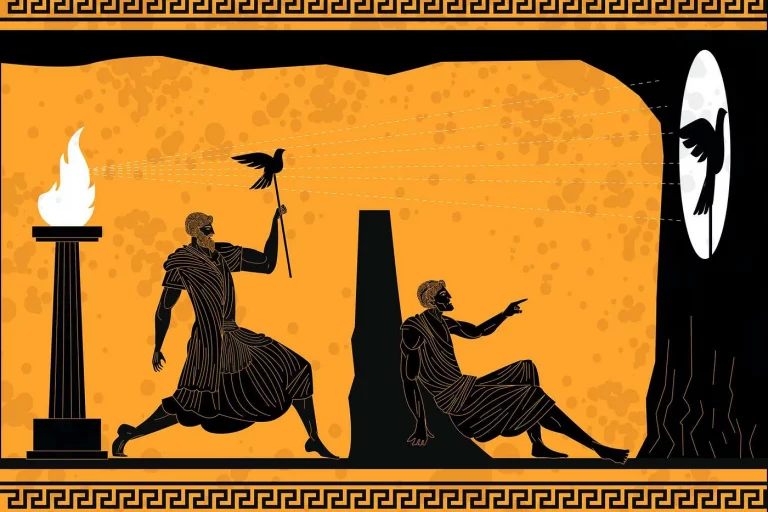Don Norman’s case for activity-centred design
“Many of the design tools used by the Human-Centered Design community lead to well-structured, carefully organized designs, often using powerful card-sorting and hierarchical clustering algorithms to make similar things be located near one another. Call this the “Hardware store” organization. Hammers are in the hammer section where they are all logically arranged. Nails are in the nail section.”
“The hardware store organization is based upon a taxonomy: appropriate for libraries and for stores where the major problem is locating the desired item out of context. But note that some stores have learned to provide activity-centered organization in addition to their normal classification. Thus, smart food stores put potato chips and pretzels next to the beer. And some even put beer next to the diapers, so that when a shopper makes a late night, emergency trip to get more diapers, why there is the beer, temptingly convenient. Sensible, well-organized logical design would not support this real behavior.”
“The best solution is to provide both solutions: taxonomies and taskonomies. Some websites organize all their items logically and sensibly in a taxonomic structure, but once a particular item has been selected, taskonomic information appears. For example, if examining a pair of pants, the website might suggest shoes and shirts that match. Look at a printer and the website might suggest ink, paper, and other related accessories. Buy a book, and the website suggests other books on related topics, or sometimes, books purchased by other people who also bought the book under consideration. Such recommendations based upon past behavior are often superior to recommendations based upon logic.”





[…] Originally from Putting people first […]